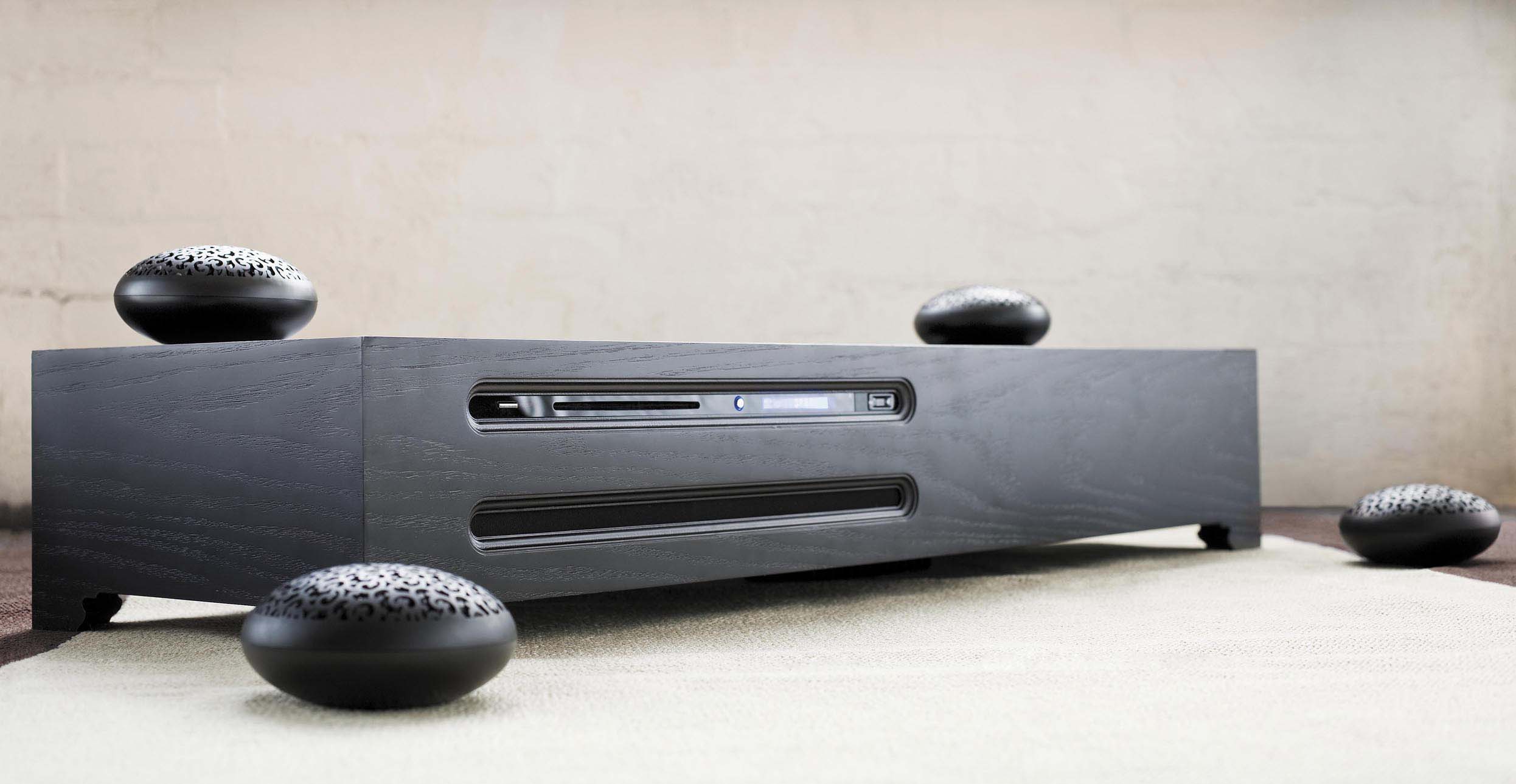Electronic furniture

No longer should electronics dictate the fit-out of your home; rather, they should harmonise with your lifestyle, Nihal Gupta says.
Nihal, managing director of the Digital Electronics Corporation of Australia (DECA), has 30 years’ experience in the industry and has always been intrigued by the latest technology and coolest gadgets.
ADVERTISEMENT
Now he has teamed up with critically acclaimed Dutch designer Marcel Wanders to integrate electronics into stylish furniture.
“Electronics has changed over the past 30 years, and the way we need and use them has also changed,” Nihal says.
“What wowed us in years gone by were the actual technological features, however what wows us today is style, design and innovation.
“The technology is important but I feel the technology is a given; people expect it and they accept it.”
DECA’s new line of audio products includes a home theatre side table with built-in DVD player, subwoofer and speakers; a side table with integrated woofer; and an antenna that wirelessly transmits music from your laptop or MP3 player to your speakers.
The products are available through Domayne, Harvey Norman and David Jones Bondi Junction.
“Tech products reflect the lifestyle of certain eras – from the gramophone and record player, to the cartridge and cassette player; to the walkman, CD and iPod.
“What I love about this business is that it is always up with the times. It is exciting and you are constantly dealing with state-of-the-art technology.
“People today expect to be able to sit down on their sofa and press a button without being faced with ugly wires, boxes and connectors.
“Through our work with Marcel we have been able to make our range much more aesthetically pleasing. It was his genius that made the integration of electronics into furniture possible.”
Marcel’s internationally recognised design projects include the Mondrian South Beach Hotel in Miami, Florida, the Lute Suites in Amsterdam, and his own furniture label Moooi. He has also designed a range of outdoor clothing for Puma.
Nihal believes their collaborative project has started a trend for ‘designer electronics’ – Samsung now has a range of phones designed by Armani, LG has phones by Prada, and Nokia by Dior.
“I decided to start DECA because I wanted to capture the new digital technologies. In the next five years we will see products that integrate with lifestyle rather than dictate it.
“We will also see a convergence of technologies that are far more user friendly and practical, but with more emphasis on style, design and innovation.
“I think the challenge for most of us in the industry is the rapid speed of change and development, as well as the introduction of so many platforms and convergence.
“The rapid transfer of information due to the Internet, combined with globalisation, means that we will struggle to stay up to date.”
As a child Nihal experienced technical innovation at home. His family was one of the first in Australia to have a colour television in the 1970s.
He is now looking to expand his range of audio products to include flat-panel display products.
-
ADVERTISEMENT
-
ADVERTISEMENT

